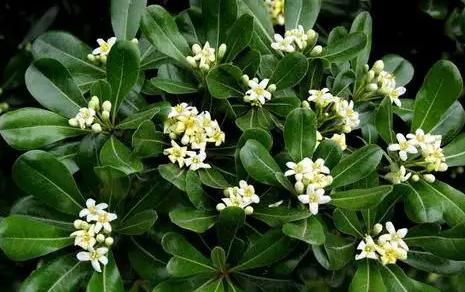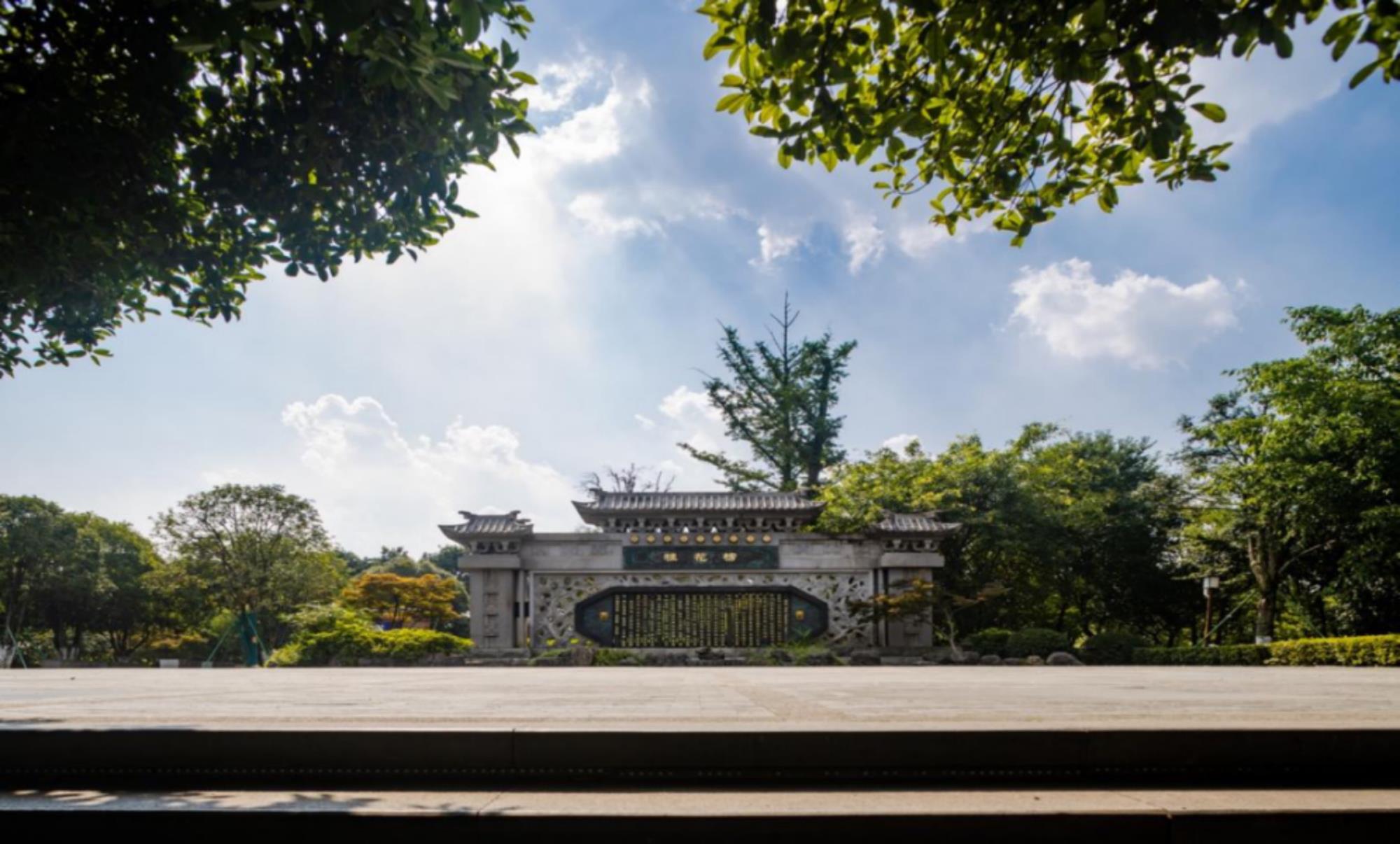
Pittosporum tobira (scientific name: Pittosporum tobira) is an evergreen shrub or small tree of the dicotyledonous class, Pittosporum family, and Pittosporum genus. It is up to 6 meters high, and its twigs are covered with brown pubescence and lenticels. Leaves clustered at the top of branches, biennial, leathery; Umbels or corymbose umbels are terminal or near terminal, with white flowers, fragrant, and then yellow; Capsule globose, angular or triangular, 12 mm in diameter; The flowering period is from March to may, and the fruit ripening period is from September to October.
Growth habit:
It has strong adaptability to the climate, and can withstand cold and hot. In the south of the Yellow River Basin, it can safely overwinter in the open land. It has strong adaptability to soil and can grow normally in clay, sand and light saline alkali soil. It has strong resistance to sulfur dioxide, hydrogen fluoride, chlorine and other toxic gases.
Curing method:
Paulownia is drought resistant. A large amount of water is consumed in summer, and it should be watered frequently; If the temperature is low in winter, the watering amount shall be reduced accordingly. The air humidity should be around 50%. Fertile soil is required. Apply fertilizer 1-2 times a month in the growing season, and do not need to apply fertilizer at ordinary times. The young plants change pots once a year, and the adult plants change pots every 2-3 years. Mix 1 / 3 saprolite and 2 / 3 clay or loam on the basin. Strong sprouting force, resistant to trimming. It can be trimmed into various shapes every spring.




